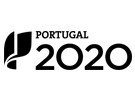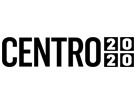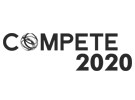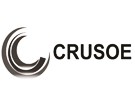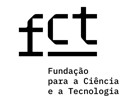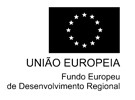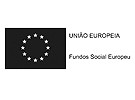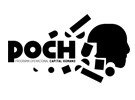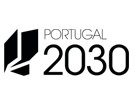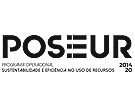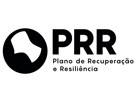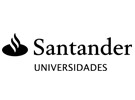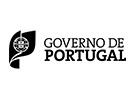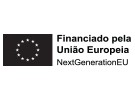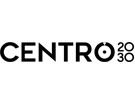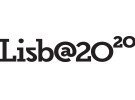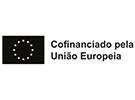



Publication in the Diário da República: Despacho n.º 7822/2020 - 07/08/2020
6 ECTS; 1º Ano, 2º Semestre, 28,0 T + 28,0 TP + 14,0 OT , Cód. 82077.
Lecturer
- Sérgio Paulo Leal Nunes (1)(2)
(1) Docente Responsável
(2) Docente que lecciona
Prerequisites
Not applicable
Objectives
1. Understanding the concepts of economic theory applied to tourism
2. Acquire capacity for analysis of tourism economy indicators and tourism issues in the national economy.
3. Develop an economic vision of tourism from the perspective of demand and supply
Program
1. Introduction
1.1. What is economics: perspectives and object
1.2. The problem of scarcity and economic goods
1.3. The interdisciplinarity of economics
1.4. Notes on economic analysis techniques
2. Demand, supply and elasticities
2.1. Graphical analysis of demand and supply
2.2. Elementary theory of demand
2.3. Demand, expense and total revenue
2.4. Elementary supply theory
2.5. Elasticity: concept, graphical representation and numerical analysis
2.6. The elasticity of demand
2.7. The elasticity of supply
2.8. Elasticity and total revenue
3. Measuring economic activity
3.1. The gross domestic product: concept, optics and shortcomings
3.2. The unemployment rate: concept, types and costs
3.3. Price level and inflation
4. Tourism Economics: Some introductory concepts
4.1. Concepts and optics
4.2. Tourism industry, sector of economic activity and complementary activity
4.3. Scope of the tourism economy
4.4. The territorial nature of tourism
4.5. Tourism as a territorial singularity: implications for the tourism economy
5. Tourist motivations and demand
5.1. Tourist motivations
5.2. Demand Formation
6. Tourist motivations and offer
6.1. Tourist motivations
6.2. Offer Formation
6.3. Tourist products and destinations
6.4. Function of tourism production
6.5. Tourist market
7. Impacts of tourism
7.1. Economic impacts
7.2. Social, environmental and cultural impacts
Evaluation Methodology
The evaluation will take the form of an evaluation portfolio.
The student has the possibility of building, through monographs, reports, essays, reflections, integration into applied research projects, etc., up to 50% of their final grade.
The weighting of each assessment moment is decided by the student, duly guided by the teacher.
The evaluation will take the form of an evaluation portfolio.
The student has the possibility of building, through monographs, reports, essays, reflections, integration into applied research projects, etc., up to 50% (maximum) of their final grade.
The weighting of each assessment moment is decided by the student, duly guided by the teacher.
Continuous assessment will therefore be supported by the following components:
1. The classification obtained in attendance (carried out on the last school day of the semester): between 50 and 100% of the final grade (if the student carries out work);
2. Presentation and discussion of practical work, developed individually (or in groups): between 0% and 50% of the final grade.
The final grade is the weighted average of each of the components mentioned, that is, in limiting terms: if the student does not carry out any work, attendance is valued at 100%; If the student reaches the maximum value for work (50%), attendance will be increased by 50%.
Bibliography
- Bernanke, . e Frank, R. (2012). Princípios de Economia. Lisboa: McGraw-Hil
- Cunha, L. (2013). Economia e Política do Turismo. Liboa: Lidel
- Nordhaus, W. e Samuelson, P. (2005). Economia. Lisboa: McGraw-Hill
- Recursos Perfeitos, Turismo e Singularidades Territoriais: Contributos para o Desenvolvimento de uma Linha de Turismo Científico na Golegã.(2019, 15 de janeiro). Revista Portuguesa de Estudos Regionais, pp. 27-47.
Teaching Method
Lectures;
Practical classes;
Individual and group work;
Reflection and debate on contemporary isses with interest to tourism.
Software used in class
